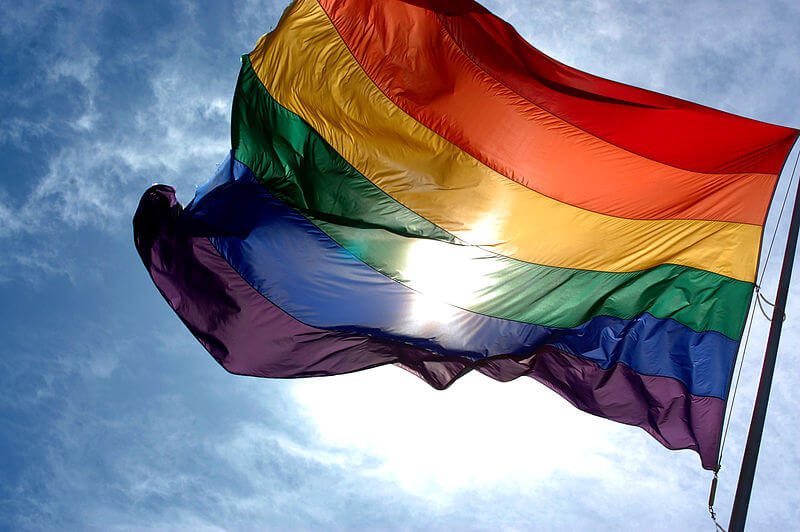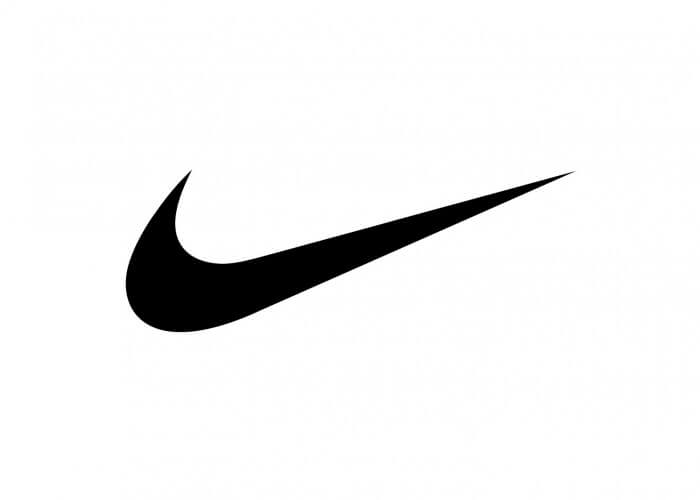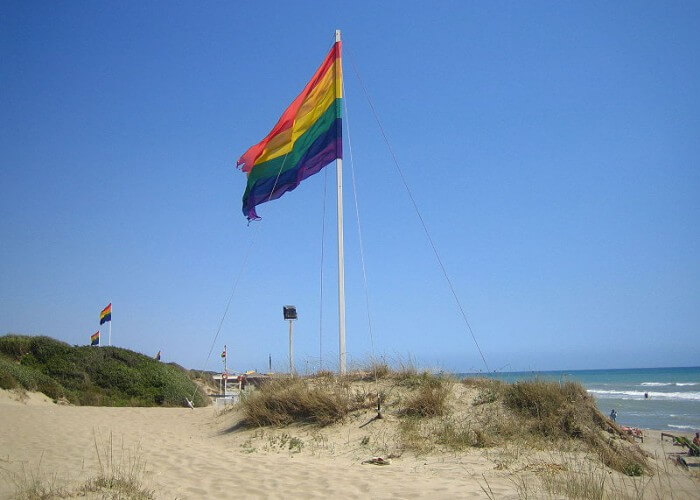LGBTQIA Rights in the Swimming Community

By Emma Foster, Swimming World College Intern
In a moment in history where LGBTQIA rights are at the forefront of the national conversation, it is interesting to take a look at how the swimming community has responded to the struggle towards equal rights. In an athletic framework where there is a strict differentiation, and often separation, between men and women in athletic competition, it can be complicated to sort out how to be most accepting of our LGBTQIA teammates.
This tends to be particularly true in swimming, where the choice of swimsuit automatically signals the athlete’s gender. There is no doubt that the swimming community has had a complicated history with the relationship between the nature of the sport and the involvement of athletes identifying as a part of the LGBTQIA community.
In a sport where gender is so specifically defined and separated, it can be challenging to decide the best way to be an ally and to encourage change that allows for the uninhibited expression of athletes’ gender and sexual orientation. However, while there have been difficulties, as our country continues to evolve and work towards progress, the athletic community has stepped forward to attempt to address some of these inherent questions.
NIKE SUMMIT
The Nike Corporation held a summit in Portland, Oregon over the weekend of June 11-14th in order to address some of these of questions. The Summit was set up in 2012 to address concerns in the LGBTQIA community. Athletes across the country came to Portland to be involved.
The summit focused on developing the tools to understand and advocate for athletes identifying with the LGBTQIA community. This year, there was a strong representation of swimmers at the summit, including former University of Arizona swimmer Jon Denton-Schneider.
Denton-Schneider is currently working on a master’s degree in Latin American Studies at the University of Arizona, and had the opportunity to attend the Nike Summit for the first time this year. He described the experience as “humbling” stating that he was impressed by “the sheer courage demonstrated by many of the attendees, who I am now proud to call my friends.”
Denton-Schneider chose to attend the summit so that he could educate himself about the best practices that coaches, student-athletes and administrators have used in order to create more inclusive college campuses around the country. The Summit offers a chance for people in all levels of athletics to come together and discuss solutions and ideas involving advocating and inclusion.
It is common for individual athletes to step up in their own athletic department and incite discussion about this topic. Denton-Schneider and his University of Arizona teammates did something similar when they led a discussion about LGBTQIA in the UA Athletic Department.
However, Denton-Schneider recognizes that the ability to come together across the country and discuss different ideas offers the chance to really make progress. While individuals may struggle to find a direct path that can lead them to progress, having a place to play off of each other’s ideas provides an opportunity to make real change.
INCLUSION IN THE NCAA FOR LGBTQIA INDIVIDUALS
The effect of these sorts of conversations has led to a higher awareness of how we can treat athletes in the LGBTQIA community. One of the most prominent examples of this currently comes from the Harvard men’s swim and dive team, where incoming athlete Schuyler Bailar has opened up about his transition from female to male as an athlete who identifies as transgender.
Bailar’s situation represents an opportunity to consider how the swimming community can be conscious of its policies and procedures, and ensure that their impact does not negatively affect athletes who identify in the LGBTQIA community.
The number of athletes who identify as transgender in the swimming community is relatively slim, with Bailar being cited as one of the first openly transgender athletes on a men’s college swim team. Currently, the NCAA’s policy on the Inclusion of Transgender Student Athletes, which was put out in August of 2011 by the Office of Inclusion, offers an idea of the impact of transgender concerns in the athletic community. It also provides recommendations for inclusion, and suggestions for best practices in similar situations, from the level of administrator or coach, to fellow student-athletes.
The policy also covers the guidelines regarding NCAA rules in terms of transgender athletes. While the language can be somewhat complicated, basically the current rule states that a athlete who identifies as transgender and is female to male (that is identified as a female at birth but transitioning/transitioned to male) and who “has received medical exception in the NCAA for treatment with testosterone” is eligible to compete on a men’s team, but is no longer eligible to compete on a women’s team. This rule is what has made it possible for Bailar, who was originally recruited for the Harvard women’s team, to compete for the Harvard men.
However, something that has not been discussed is the status of individuals who identify as transgender and are male to female (identified as male at birth and transitioning/transitioned to female). This situation seems to be more complicated by the NCAA. The current policy states that this individual “may continue to compete on a women’s team without changing it to a mixed team status (meaning a team that has both men and women, which would disqualify the team from NCAA competition), but may not compete on a women’s team until completing one calendar year of testosterone suppression.”
GOING FORWARD
In the last several months in particular, there have been major victories in the LGBTQIA community, both nationally and in athletics. However, it is important to remember that while progress has been made, it isn’t the end. There is a lot of work that the swimming community can do in particular to make the experience as a LGBTQIA athlete more inclusive and welcoming.
One such conversation may involve more clarity on the status of individuals identifying as transgender, and how we can clarify the transition from male to female, and female to male, in a way that allows these athletes to compete under the gender that they identify with. This is an important conversation, and having it will allow the swimming community to grow and become a much more inclusive, loving sport.
As Denton-Schneider reflected at the end of the Nike Summit, one of the most positive things about the gathering was the chance to define a goal for the upcoming year. Denton-Schneider hopes to make allies, which he describes as “people that are committed to inclusion and are willing to speak up for it” more visible on his campus. Rather than something that might happen, Schneider hopes to foster a community that sets this as an expectation for every student-athlete at University of Arizona.
Following Denton-Schneider’s lead, the swimming community as a whole can set an example as allies and support our teammates who identify in the LGBTQIA community. As a swimming family, the support that we can offer to one another is what will truly incite change in the world.







This is very wrong
In what possible way is this wrong? This isn’t an argumentative piece, this article is simply stating what the current situation is with concerns of inclusion in swimming. If you would like to talk about wether or not the supreme courts decision is wrong or not, please ask yourself “in what way does this affect me?” Does swimming being a sport that will stand by what is changing in America and being an inclusive society seem wrong to you? I am thoroughly looking forward to your narrow minded, right wing fueled, hate centered response.
Well said Coach! I have a feeling this person does not get (nor live) the freedoms that we have in America.
How?
How? How what?
Bravo, good news for LGBT community. Very well that swimming takes a part for equality rights
Gay, straight? Who cares? My issue might be transgender from male to female..and competing female..like Jenner, she is still hugh..has muscle mass that a 60 year old woman just does not have..do we even know enough yet about transgender athletes? Biologically, they are male or female..can hormones and surgery completely change gender? At all levels? I truly have no idea..if phelps decided to change gender, would his arm span change? His foot size? His strength? Just saying..
A lot to think about..and learn
“As their testosterone levels approach female norms, trans women see a decrease in muscle mass, bone density and the proportion of oxygen-carrying red cells in their blood. The estrogen, meanwhile, boosts fat storage, especially around the hips. Together, these changes lead to a loss of speed, strength and endurance — all key components of athleticism.”
http://www.washingtonpost.com/opinions/do-transgender-athletes-have-an-edge-i-sure-dont/2015/04/01/ccacb1da-c68e-11e4-b2a1-bed1aaea2816_story.html
I’m pretty sure XY chromosomes don’t change. Just sayin’.
After Worlds last year. I can say I don’t have an edge. Still slow.
Logically it doesn’t make a sense! You need to think about!
Once again, not an argumentative piece, yes, it does need to be explored and all sides need to be considered. But, simply shutting it down and saying “it doesn’t make sense” doesn’t help move our sport forward. Consider putting one of your loved ones into the position of someone like Jenner. Would you still be making comments like that? Or would you adopt a more understanding position. As John Leonard says “seek first to understand, then be understood”
I know what LGBT stands for, but what is the QIA?
I think it’s Questioning, Intersex (hermaphroditism). And Ally or Asexual.
Seems pretty clear to me.
Ugh
It would have to be a case by case basis. Male to female transgender would be too open to doping if IOC rules on gonadectomy and 2 year stand down were not applied. Hey go off my hormones for a short time out of competition and get an advantage but be in range for competition.
On balance the IOC has it right. On the year of testosterone suppression, I can see how it could work but it would need monitored closely. There is the temptation there not to take suppression for a short time to get an advantage.
The IOC policy requiring surgery first puts that temptation beyond use for mtf.
Looks like I am arguing for heightened scrutiny on trans women who compete. It could also be used to gather data as to how it affects competitiveness. The main thing right now is we don’t know. Trans athletes being allowed to compete is in the air, and should be supported. Also should be studied as to get the fairest sport for everyone.
قوم لوط
زباله